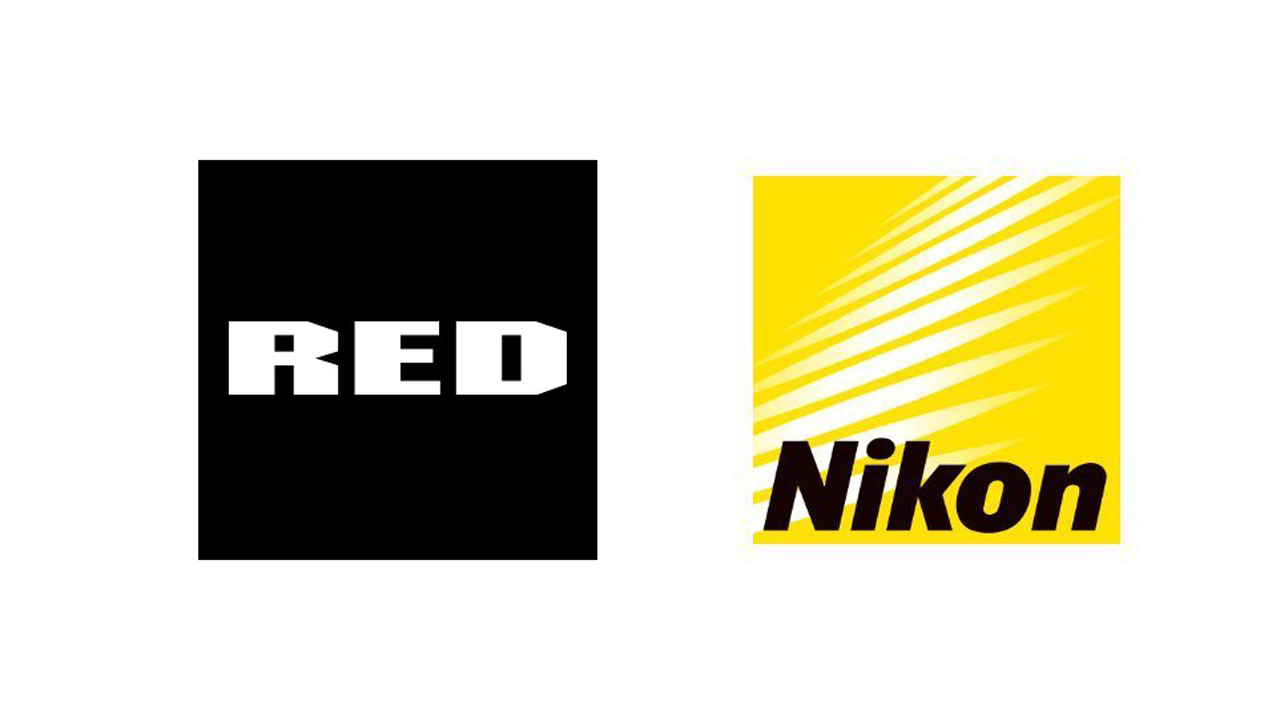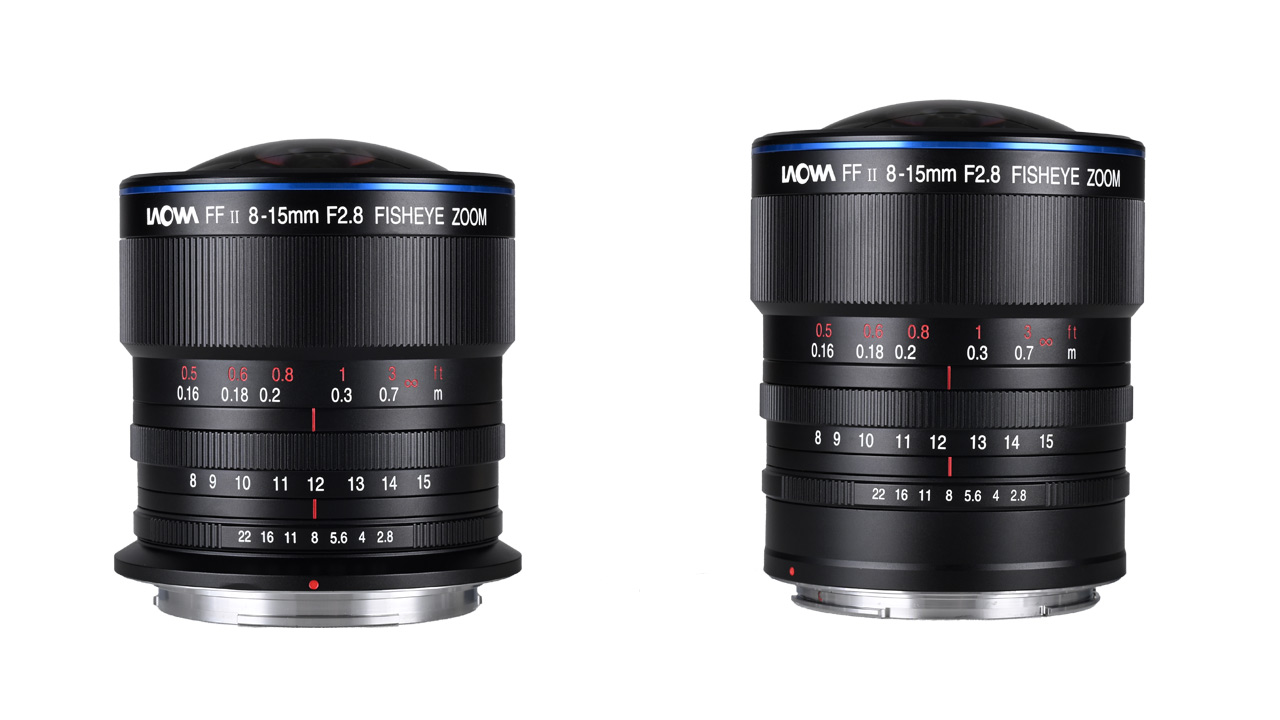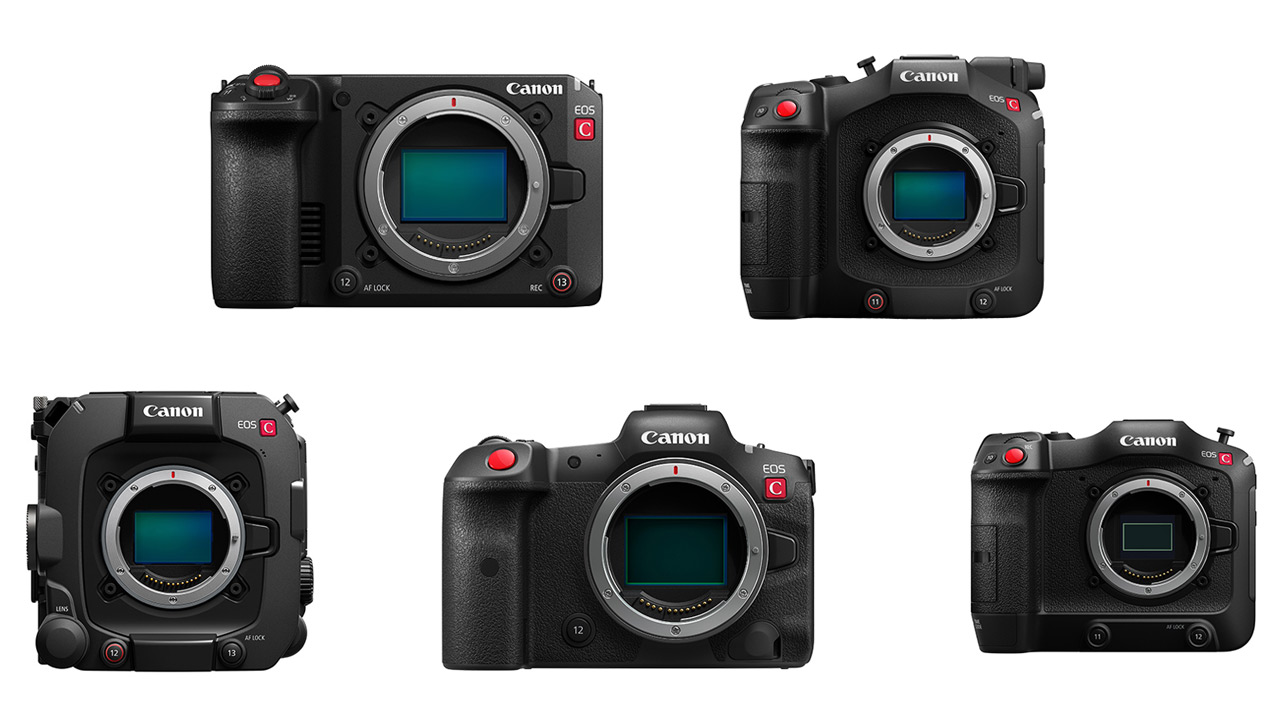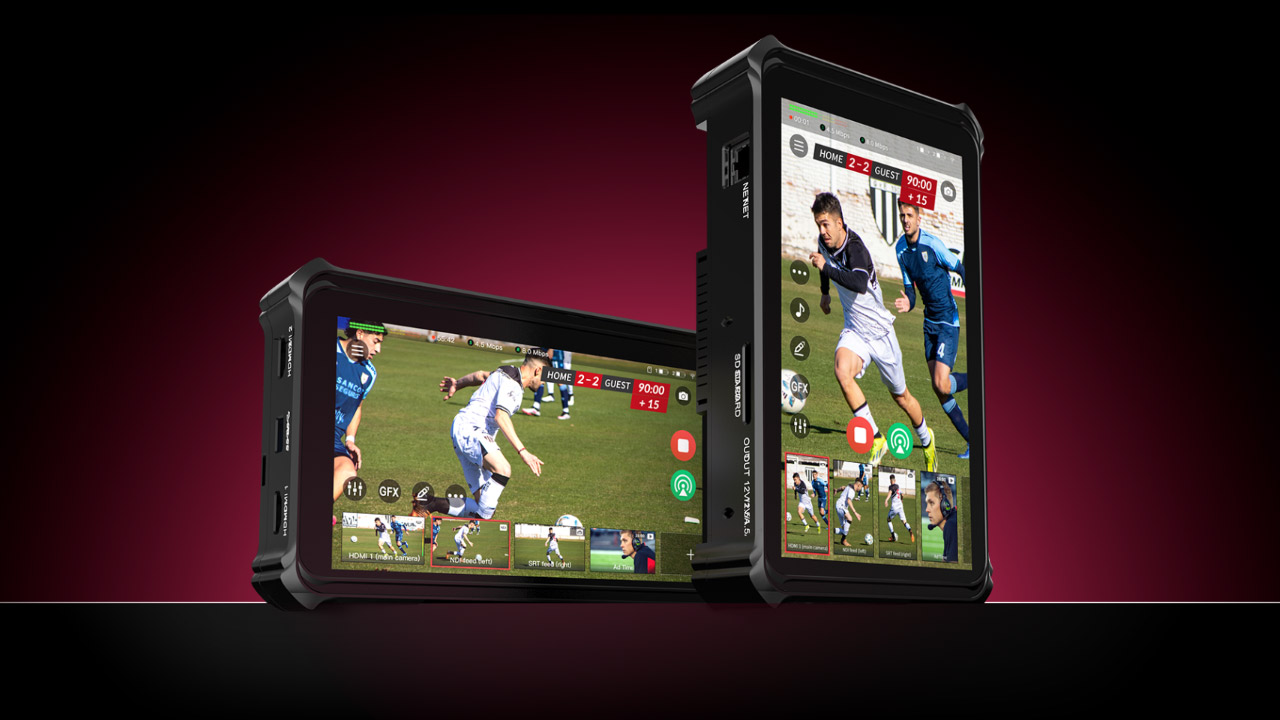Today, we have an exciting camera to discuss—the Nikon Z8. This camera has been making waves in the photography community, and we’re here to give you an in-depth look at its features and performance. So, let’s get started!
Nikon Z8 Sensor
Let’s begin with the sensor. The Nikon Z8 features a remarkable 45.7-megapixel stacked sensor. This sensor design allows for improved image quality, enhanced low-light performance, and faster readout speeds.
One unique aspect of the Z8 is its lack of a mechanical shutter. Instead, it relies on an electronic shutter, which offers various advantages such as silent shooting and faster burst rates.
Burst Rate of the Nikon Z8
Speaking of burst rates, the Z8 impresses with its capability to shoot at 20 frames per second in RAW format and an even faster 30 frames per second in JPEG format. This high-speed shooting allows you to capture fast-paced action with ease.
Nikon Z8 Video capabilities
Moving on to video capabilities, the Z8 doesn’t disappoint. It offers stunning 8K resolution at 60 frames per second and 4K resolution at an impressive 120 frames per second. It also supports popular video codecs such as H.265, ProRes, and N-Log, providing flexibility in your video workflow.
Nikon Z8 Build quality and ergonomics
One of the standout features of the Z8 is its button light, which is particularly useful in low-light conditions. This illuminates the buttons, making them easy to locate and operate, ensuring a seamless shooting experience even in the dark.
Weather resistance is an important aspect for outdoor photographers, and the Z8 doesn’t disappoint in this regard. It is designed to withstand various weather conditions, ensuring durability and reliability during your outdoor shoots.
The electronic viewfinder (EVF) on the Z8 is exceptional, boasting a refresh rate of 120 frames per second. This high refresh rate provides a smooth and responsive viewfinder experience, making it one of the best EVFs I’ve ever used.
In terms of design, the Z8 strikes a balance between being compact and offering a comfortable grip. While it’s not extremely small, it’s still noticeably smaller and more affordable than its sibling, the Z9. Moreover, it manages to provide a DSLR-like feel while retaining the advantages of a mirrorless system.
Connectivity of the Nikon Z8
Connectivity options on the Z8 are impressive. It comes equipped with dual USB ports, allowing you to conveniently power the camera or transfer data. Additionally, it features a full HDMI port, enabling seamless connection to external devices.
For memory card storage, the Z8 offers one CF-Express slot and one SD card slot. This allows you to use different card types based on your preference or workflow requirements.
Nikon Z8 Autofocus & IBIS
When it comes to stabilization, the Z8 performs admirably. It provides good stabilization, although there may be some slight wobbles at times, especially on the edges. However, overall, it does an excellent job of reducing camera shake and ensuring steady footage.
Autofocus is an area where the Z8 truly shines. It features Nikon’s most advanced autofocus system to date, offering excellent subject detection and tracking capabilities. Whether you’re photographing fast-moving subjects or shooting video, the Z8’s autofocus performance is simply outstanding.
Battery Life and Overheating
Battery life is always a concern for photographers and videographers, and the Z8 delivers decent performance. You can expect approximately 1 hour and 30 minutes of continuous shooting at 4K60 and around 1 hour and 40 minutes at 4K30.
As for overheating, the Z8 handles extended recording sessions well. It can record continuously for approximately 90 minutes at 8K30, making it suitable for demanding video projects without worrying about overheating issues.
Z8 vs Z9
Let’s talk about some features that the Nikon Z8 lacks when compared to its higher-end counterpart, the Nikon Z9. First, it doesn’t offer the same battery capacity as the Z9, meaning you might need to carry extra batteries for longer shoots. It also has only one CF-Express slot, whereas the Z9 provides dual CF-Express slots for additional storage options.
Furthermore, the Z8 does not include built-in GPS functionality, which might be a drawback for photographers who rely on geotagging their images. Additionally, it lacks an additional customizable button and an Ethernet port for faster wired data transfer.
Conclusion
Now, let’s talk about the price. The Z8 comes with a price tag of $3,999, which is $2,000 less compared to cameras like the Canon R5 and Sony A7R5. Despite the lower price, the Z8 offers comparable or even superior features and performance, making it a great value for your money.
In conclusion, the Nikon Z8 is an impressive camera with its high-resolution stacked sensor, fast burst rates, exceptional video capabilities, and excellent autofocus system. It strikes a balance between size and functionality, delivering a DSLR-like feel in a mirrorless body.
While it may have a few missing features compared to its higher-end sibling, the Z9, the Z8 still provides outstanding performance and value for its price. With its weather resistance, dual USB ports, HLG file support, and advanced shooting features, the Z8 is a worthy contender in the mirrorless camera market.

















